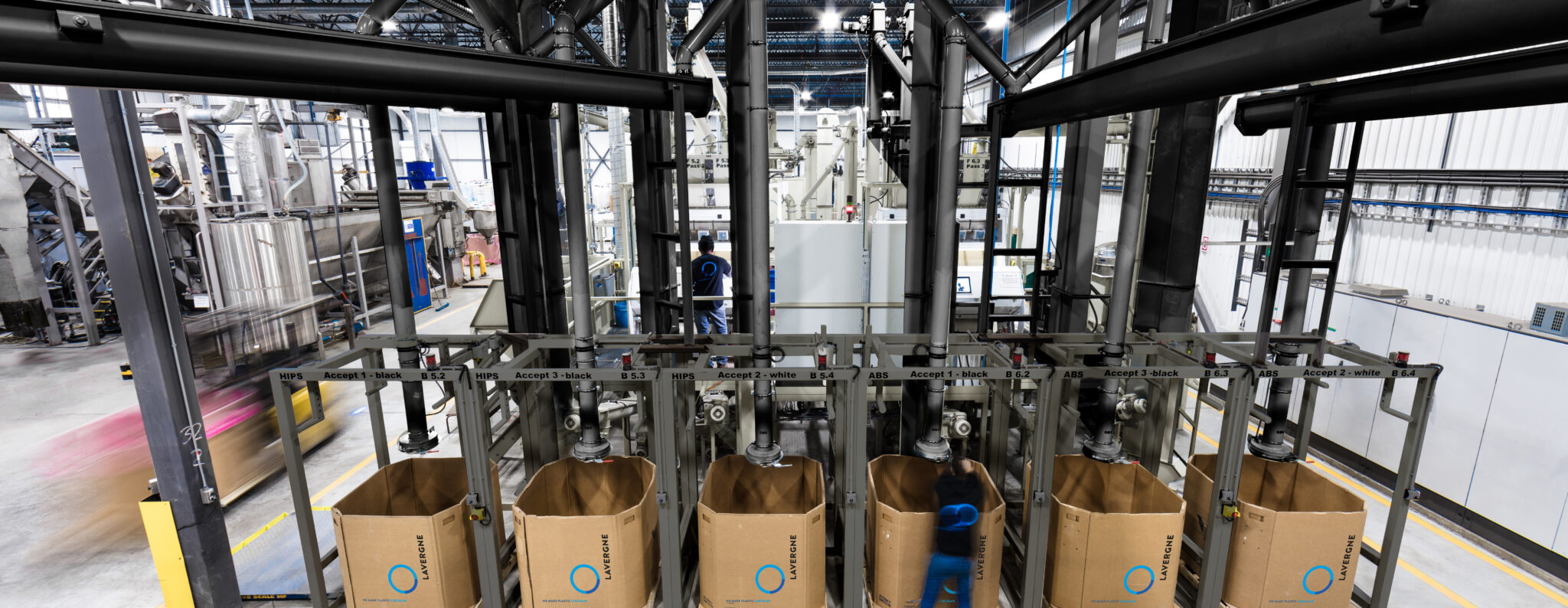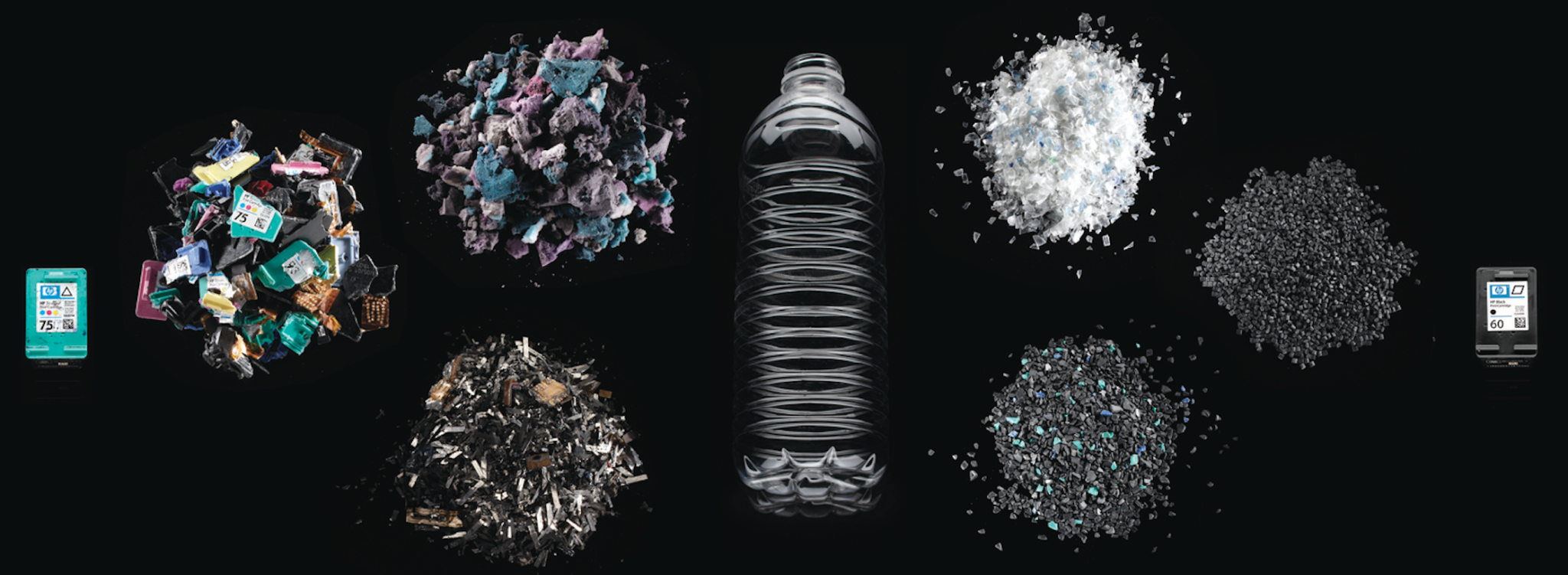Recycled Plastics Could Still Go to Landfill
We’re always inspired by the great progress made in plastics recycling. Looking across the industry, we’re seeing some great outcomes, including:
- Polypropylene (PP) found in prescription bottles or snack food bags is being recycled to make flower pots or buckets,
- Polyethylene Terephthalate (PET) found in drink bottles or dish soap containers is being recycled to become fibres in fleece sweaters or lawn furniture
- High-density Polyethylene (HDPE) found in detergent bottles or snack food boxes recycled to become pipes or pallets
These are just a few select examples. There are PP, PET and HDPE plastics all around us and there are a myriad of opportunities for more recycling.
The unfortunate fact is recycled products like flower pots, pipes and clothes could still end up in landfill. Recycling is great, but it doesn’t eliminate the landfill problem. Over time, those plastics degrade as their molecular structures break down and cause environmental damage.
Closed Loop
The best scenario is a “Closed Loop.” A Closed Loop diverts plastics from landfill through a circular ecosystem. When plastic products reach the end of their useful lives — think about an empty water bottle, used ink cartridges or an old computer mouse — they’re recycled to create resins for new products.
Lavergne’s Innovative Closed Loop
Lavergne successfully operates a Closed Loop. The plastics we collect and make into resins become products that are recycled again, often numerous times.
It’s no accident — we designed it that way. It’s all part of our goal “making plastic circular.”
In a pure Closed Loop, recycled plastics are remade as the same product. The best example is our work with HP on its ink cartridges. Used HP ink cartridges come back empty, and Lavergne turns them into resins that are returned to HP to make new cartridges.




